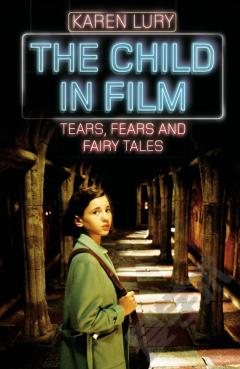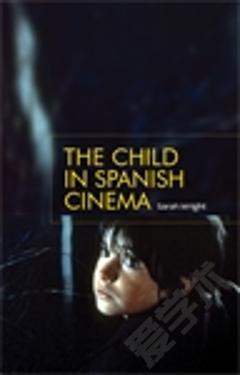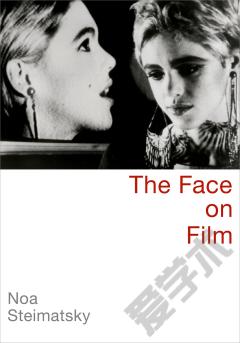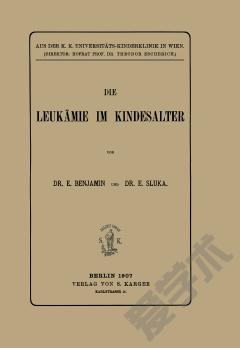The Child in Film
Ghastly and ghostly children, 'dirty little white girls', the child as witness and as victiplayed an importahistory of cinema, as have child performers themselves. In exploring the disruptive power of the child in filadult audience across popular films, including "Taxi Driver" and Japanese horror, and 'art-house' productions like "Mirror" and "Pan's Labyrinth", Karen Lury investigates why the figure of the child has such a significant impact on the visual aspects and storytelling potential of cinema.Lury's main argument is that the child as a liminal yet powerful agent has allowed filmmakers to play adventurously with cinema's formal conventions - with far-reaching consequences. In particular, she reveals how a child's relationship it to disturb and question conventional master-narratives. She explores too the investment in the child actor and expression of child sexuality, confining and conservative existing assumptions can be in terms of commonly held beliefs as to who children 'really are'.
{{comment.content}}








 京公网安备 11010802027623号
京公网安备 11010802027623号